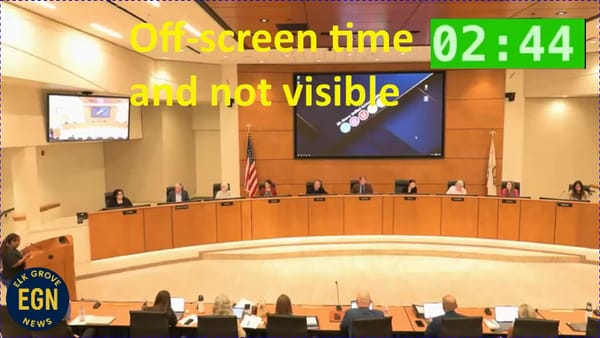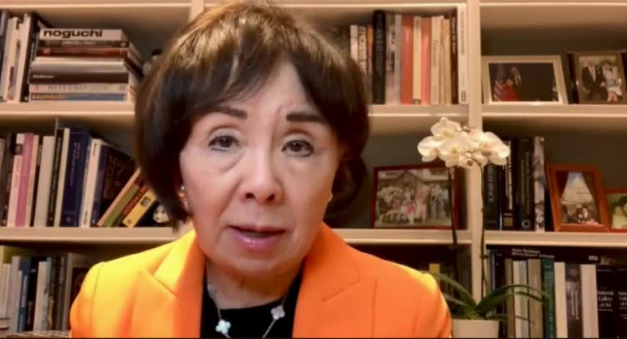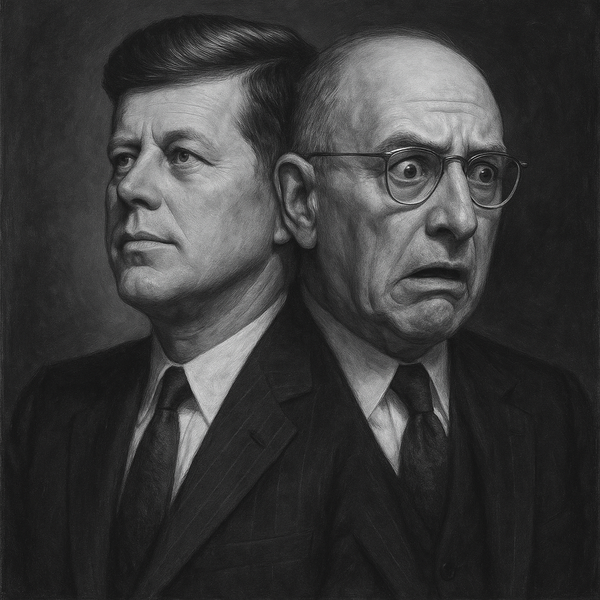State’s wimpy plan to cut pollution needs muscle
From CalMatters.org
From CalMatters.org

While the comments critiquing the district have varied, one constant has remained - online meeting viewers have limited visibility of speakers.

During the 2006 midterm, Democrats wrested control of the House of Representatives primarily based on George W. Bush's Social Security privatization scheme

Speaking of Morgenthau, Truman reportedly said he was a "block head, nut" who "didn't know shit from apple butter."

Meetings and events in Elk Grove